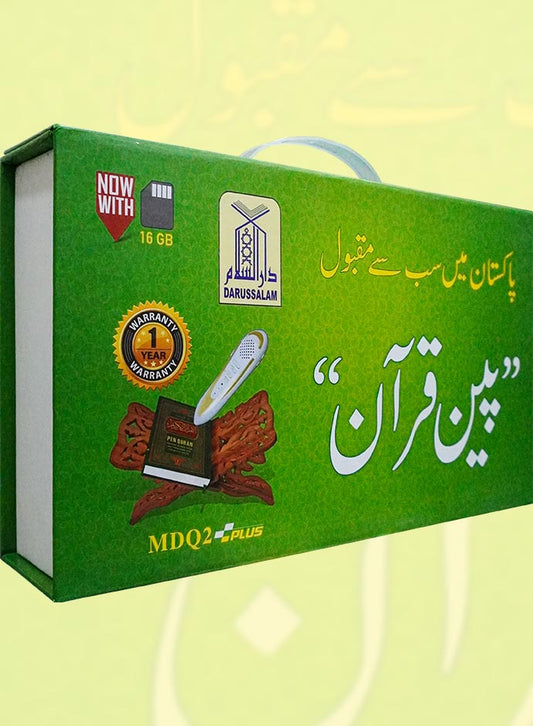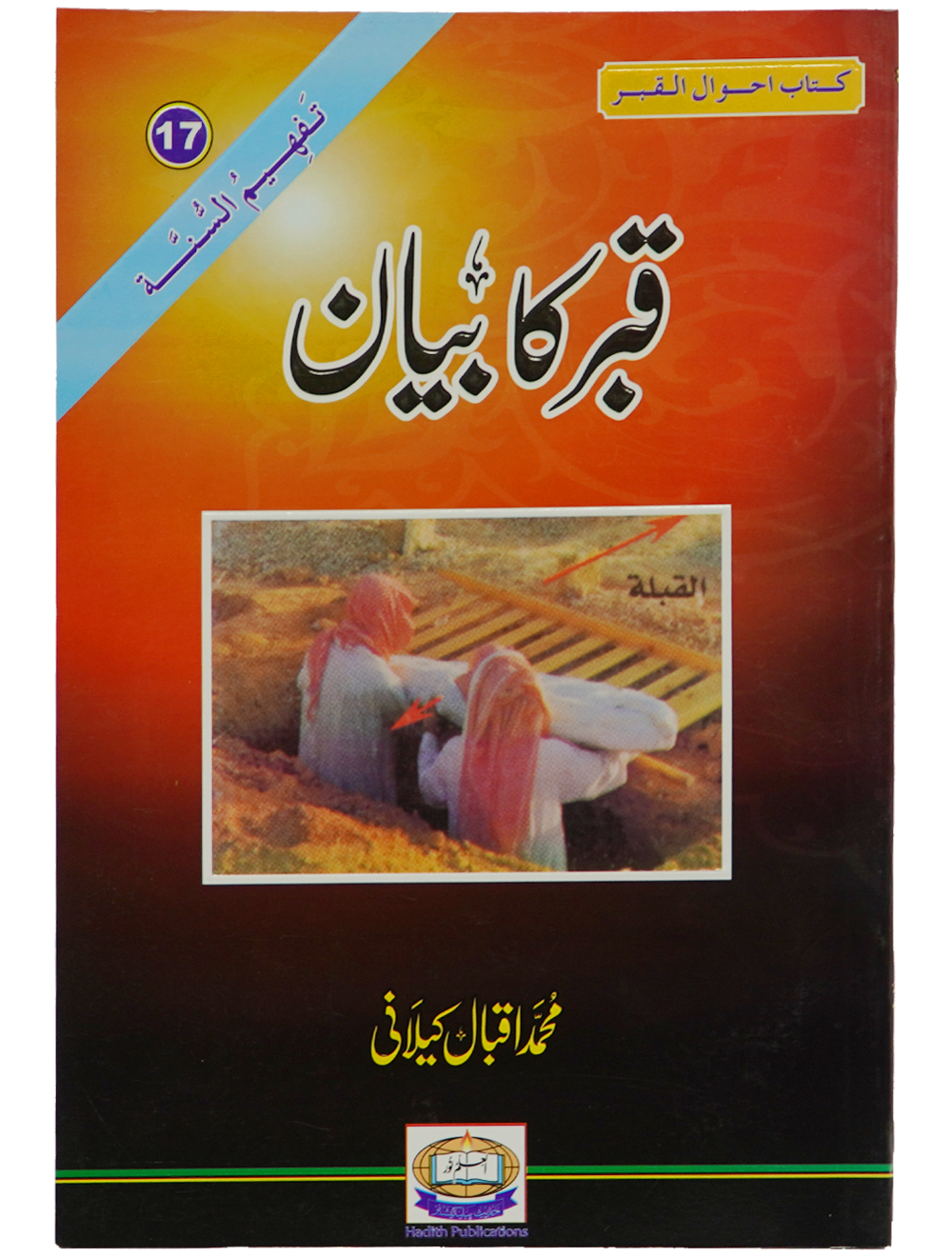
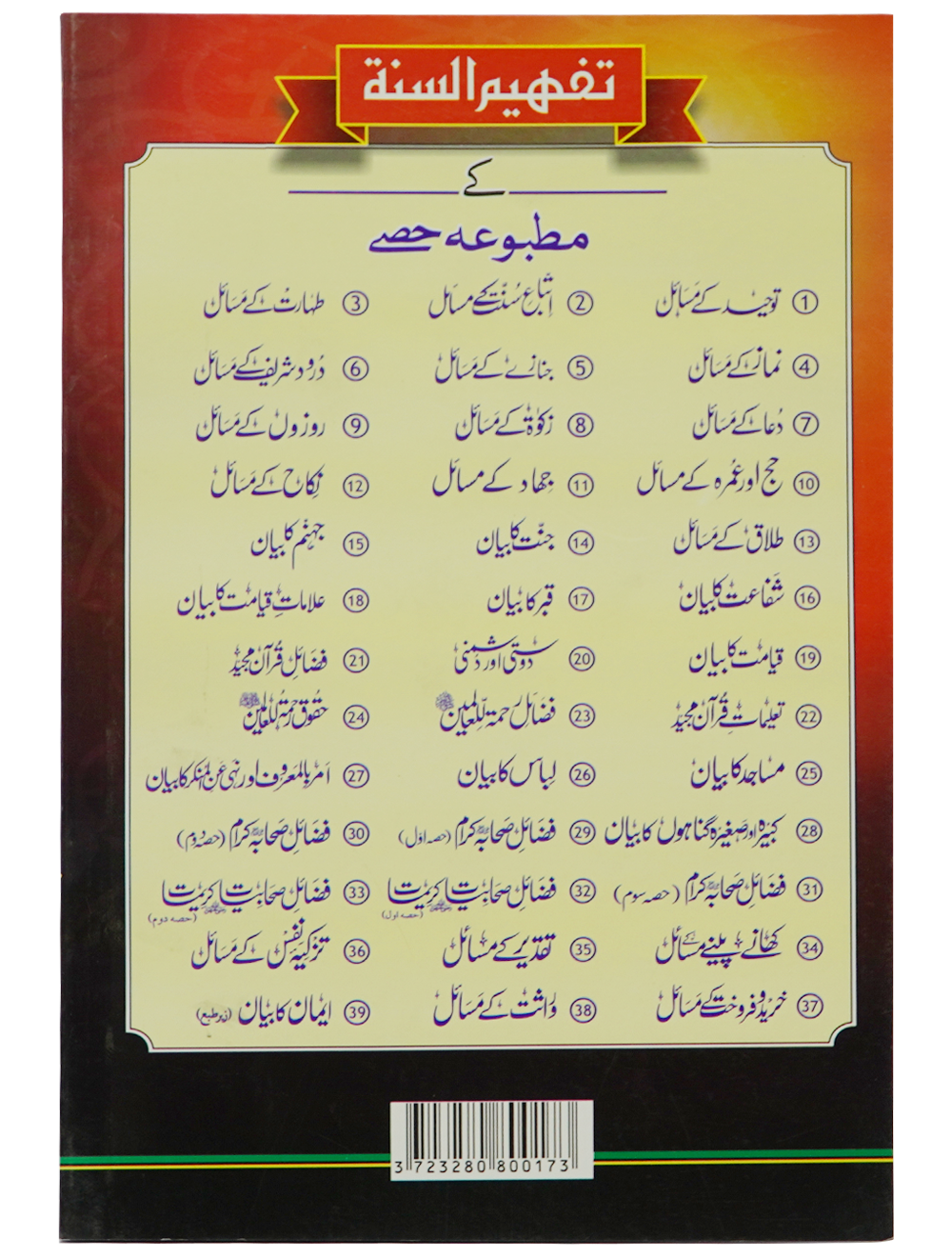
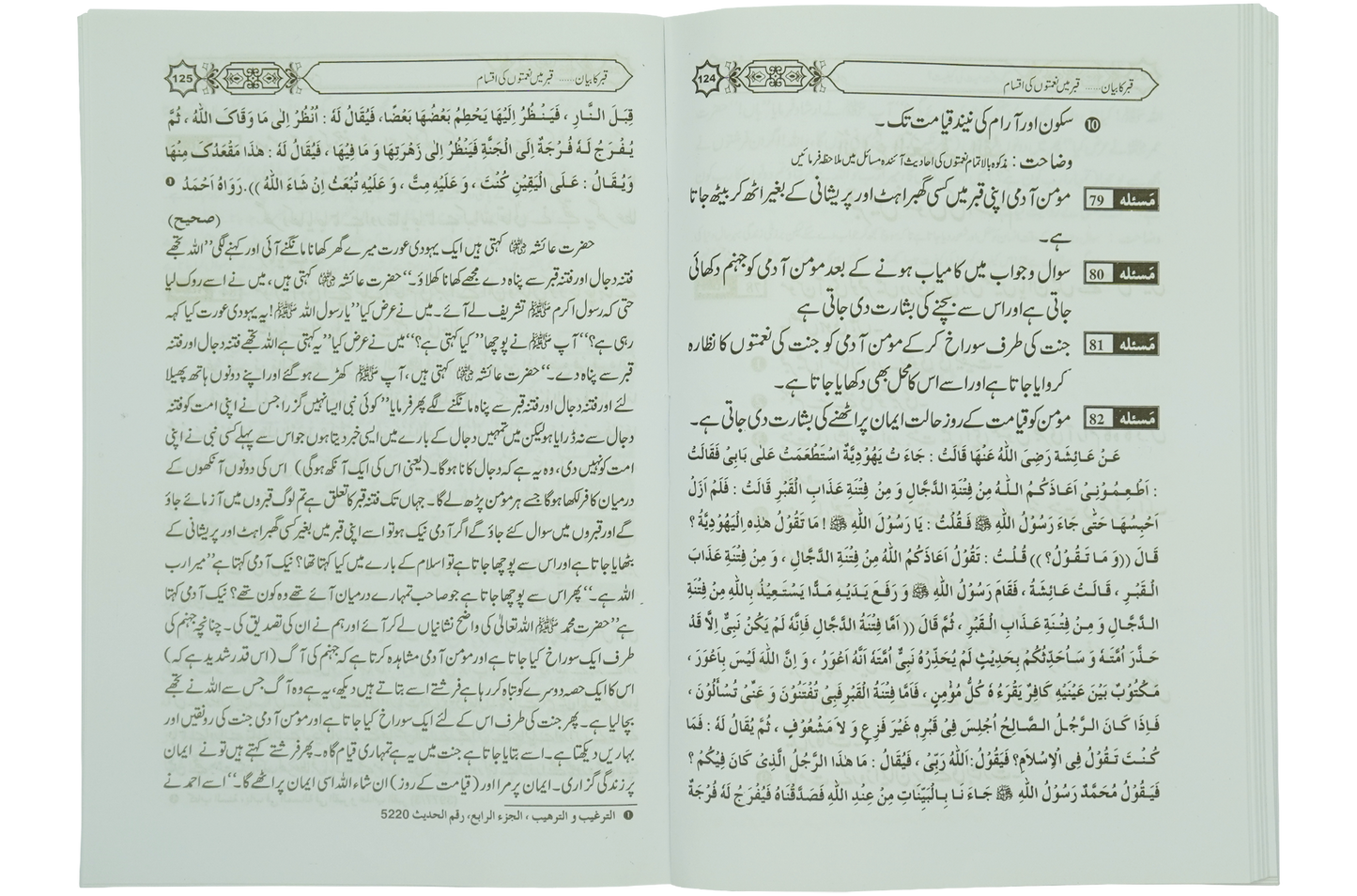
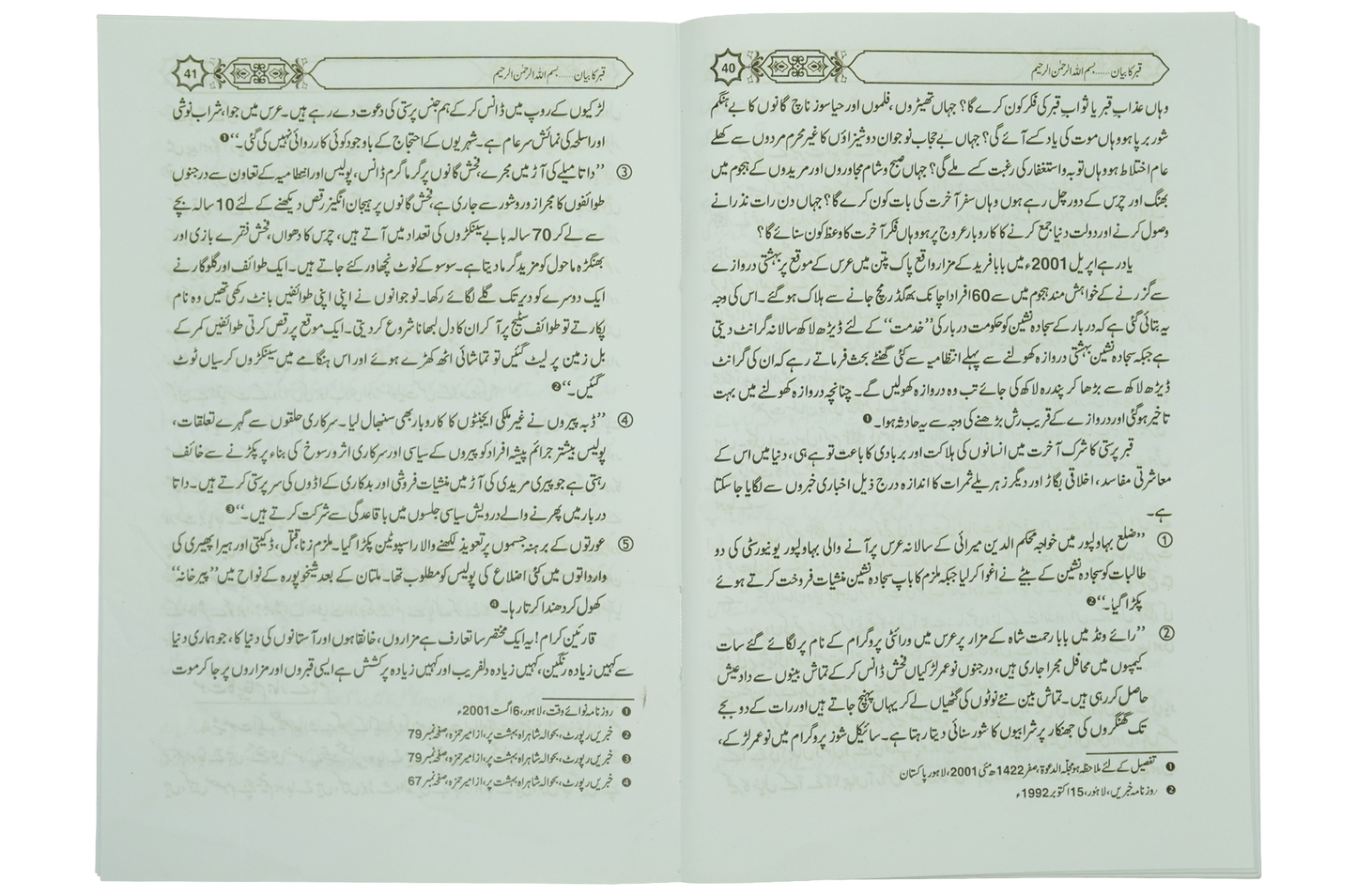
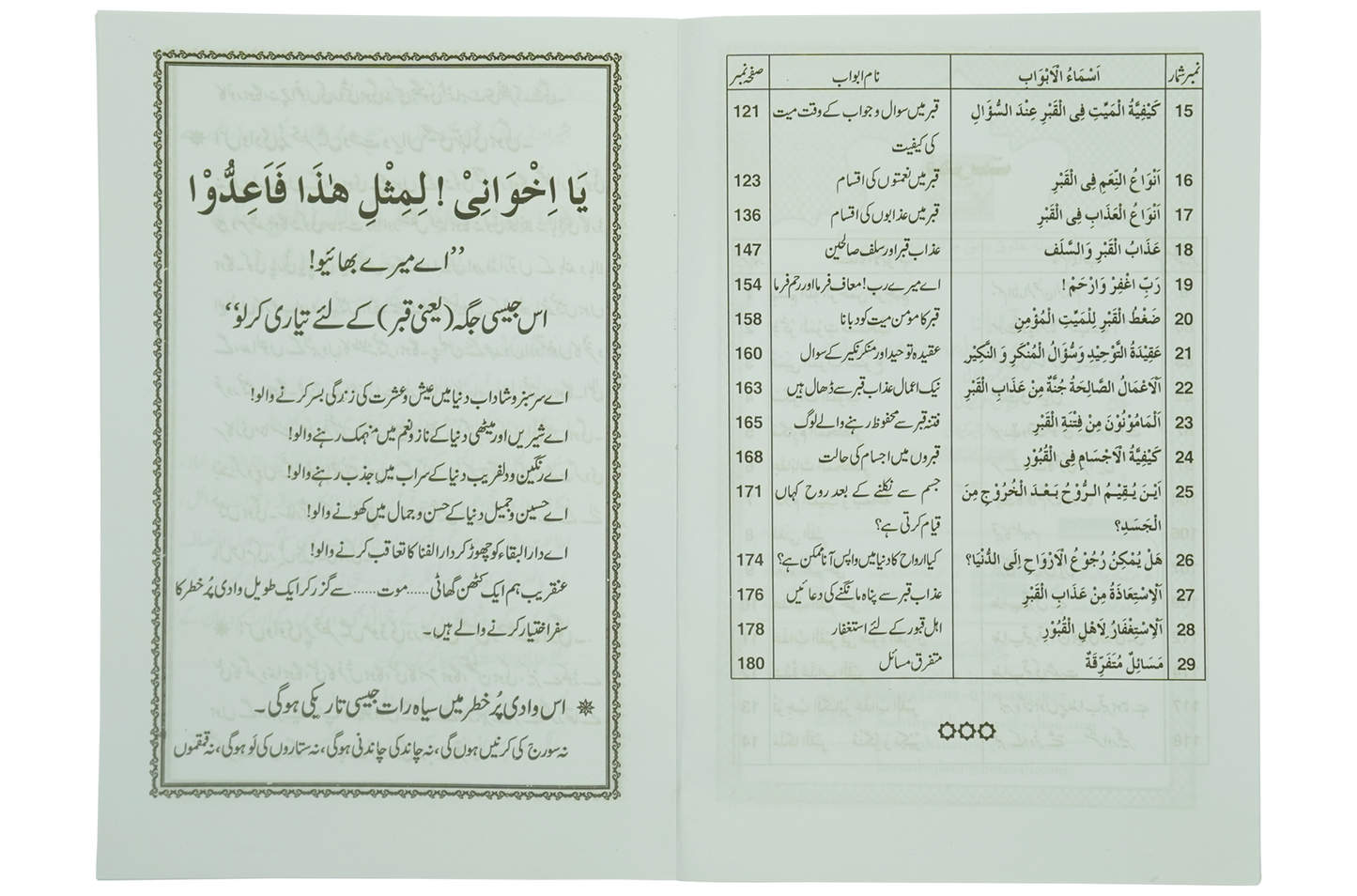

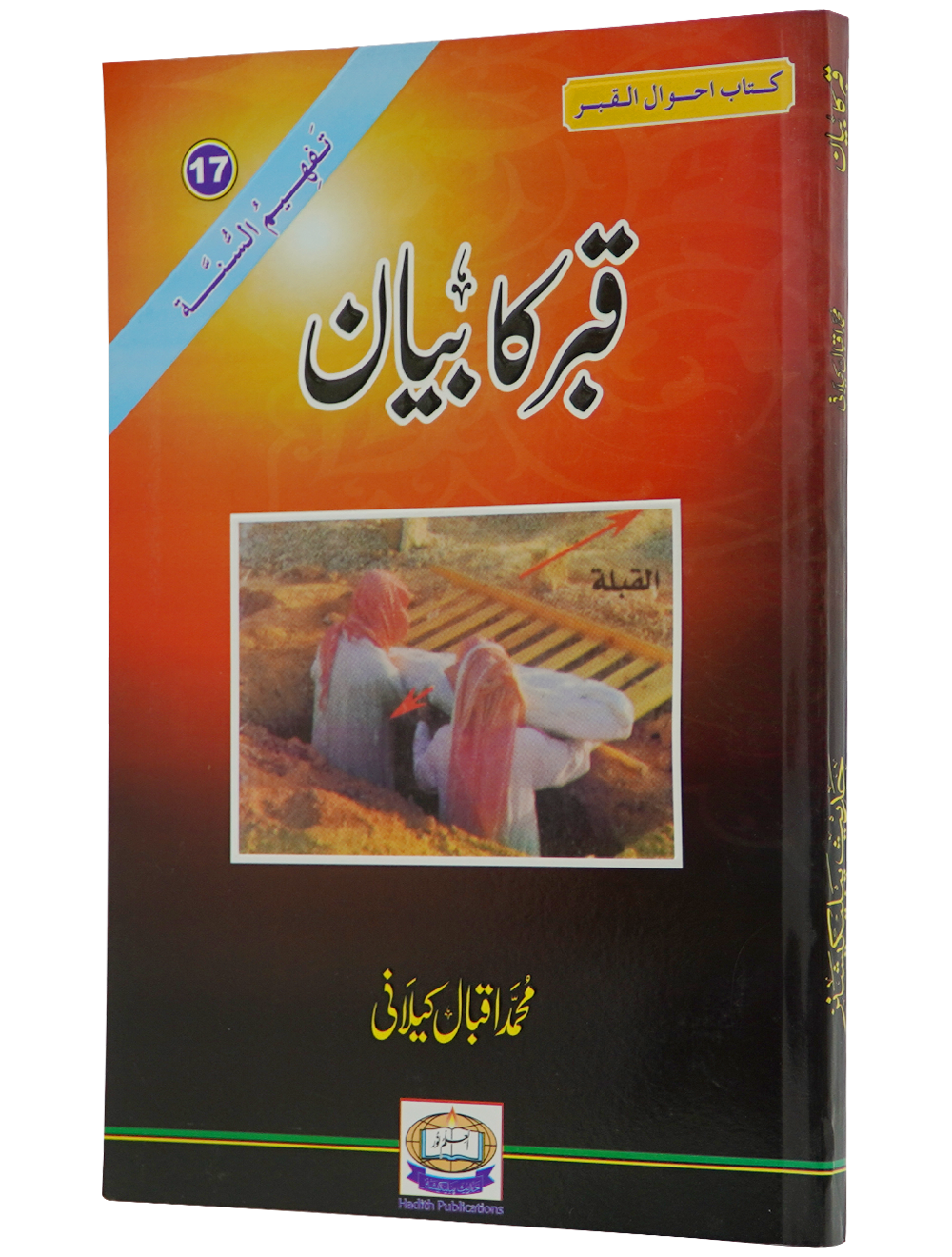
Overview:
"Qabr Ka Bayan" is an authentic and comprehensive book by Maulana Muhammad Iqbal Kilani, focusing on the Islamic beliefs related to the grave and the afterlife’s initial stage. This work explores the concept of the grave, its punishments and blessings, and the key events that occur after death, all supported by Qur’anic verses and authentic Hadiths. The objective of the book is to enlighten readers about the reality of the grave and encourage them to prepare for the Hereafter through righteous deeds. The author presents the subject in a clear and scholarly manner, making it suitable for both general readers and scholars.
The book discusses the meaning of the grave, the questioning by Munkar and Nakir, the severity of the grave, types of punishments (such as fire, snakes, and constriction due to sins), and blessings (such as views of Paradise and peace) in the light of Sahih Ahadith. It also emphasizes the role of good deeds like prayer, charity, and Quran recitation in protecting one from the torment of the grave. Furthermore, the book covers the condition of bodies in graves, supplications seeking protection from grave punishment (e.g., “اللَّهُمَّ إِنِّي أَعُوذُ بِكَ مِنْ عَذَابِ الْقَبْرِ”), and the rulings regarding making dua for the deceased.
Key Features:
-
Evidence from Qur’an and Hadith: Supported by verses from Surah At-Takathur, Surah Al-Mu’min, and authentic narrations from Sahih Bukhari and Sahih Muslim.
-
Details of Punishments and Blessings: Clarifies the torments (fire, snakes) and blessings (views of Jannah) experienced in the grave.
-
Questioning by Munkar and Nakir: Explains the sequence and significance of their questioning and how to prepare for it.
-
Impact of Righteous Deeds: Highlights how salah, charity, and Qur’an recitation serve as protection against the grave’s torment.
-
Duas and Rulings: Contains supplications for protection and explains the etiquette and rulings of praying for the deceased.
-
Simple and Understandable Language: Written in a straightforward and accessible style, making it easy to understand for all readers.

